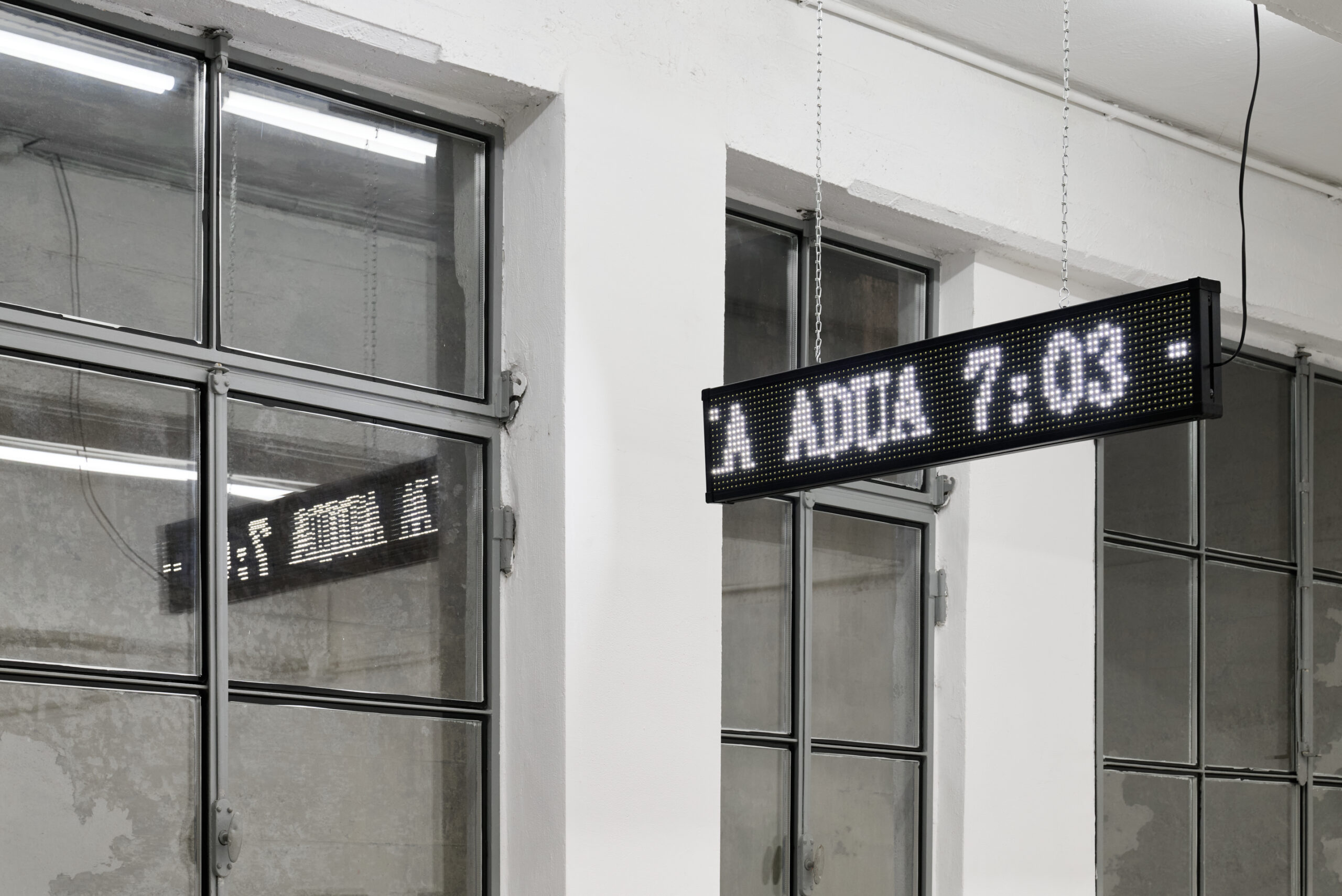Traslation by Luigina D’Introno
The failure to convict the perpetrators for crimes committed in the colonies and the fact that the governments that followed after the fall of the regime never formalised their guilt, has in¬creased the growth of a collective imagination where even today colonialism is as¬associated with a history of little importance and the Italians a people of good people, meek and innocent1
If historical removal has fuelled the illusion of a ‘mild and innocent’ Italian colonialism, artist Jermay Michael Gabriel’s work dismantles it piece by piece, revealing the complexity and contradictions of a history that continues to shape the present. In Cose Bizzarre, his first Italian solo exhibition at the Milanese gallery Artnoble, he investigates how memory is never neutral, but instead leaves traces in time that are difficult to remove, though not impossible.
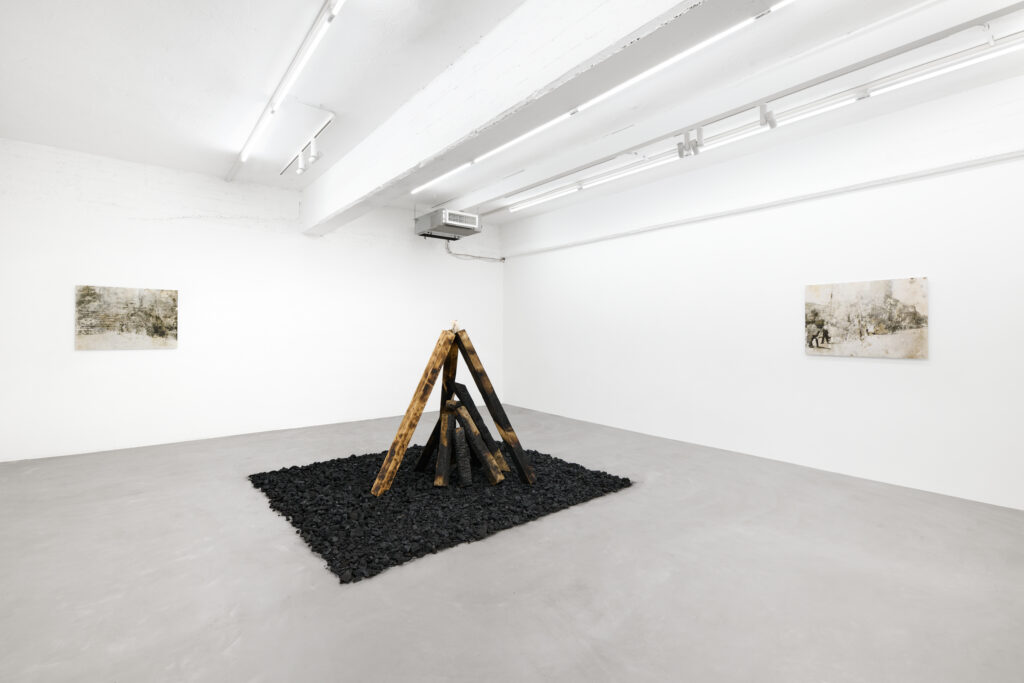
By discussing these almost indelible traces, Jermay lays bare the mechanisms that have allowed that history to be distorted, simplified or even forgotten. In his works, as in the slabs engraved with the names of streets linked to colonial episodes (Via Adwa, Via Dogali, Via Ambara), he makes a symbolic journey by bus across Italy. The names of these streets bear three complex battles. The artist shows how language itself bends to colonial narratives, trivialising tragedies and turning violence into folklore. Via Dogali marks the first Italian defeat followed by that of Adwa, with the correct w instead of the u of the colonial version, two defeats passed off as victories.
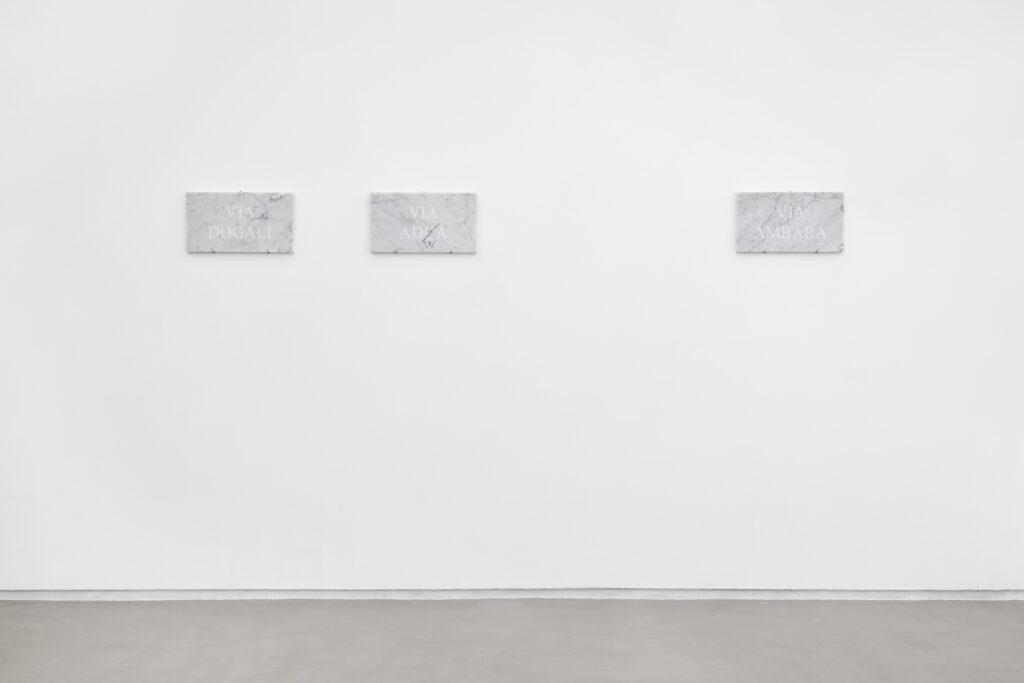
The third slab, referencing Ambara, – as the artists says in an interview – plays on the similarity to the term Ambaradan, which has entered the Italian lexicon as a synonym for chaos. The Battle of Amba Aradam was part of Italy’s brutal campaign during the second invasion of Ethiopia in 1936. Unable to claim a clear victory, Italian forces bombarded a cave where women, children, and relatives of Ethiopian partisans had taken refuge, killing nearly 40,000 people in four days. The then King of Italian East Africa proclaimed: ‘We’ve made quite an ambaradan. Ethiopia is ours!’2
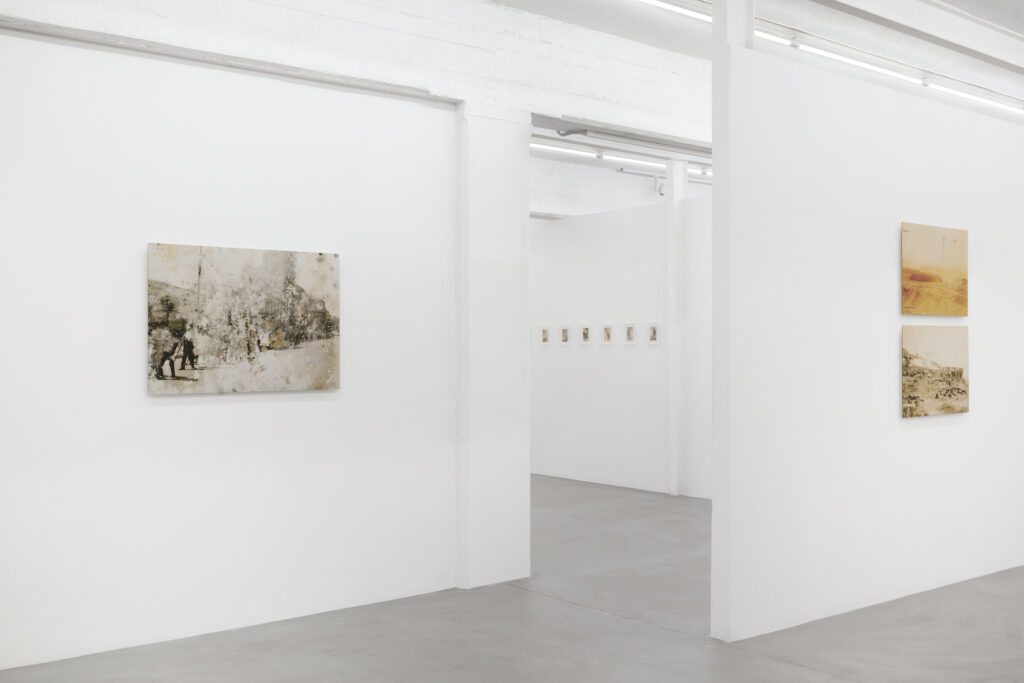
His work destabilises these sedimentations, exposing how history has been contaminated by national myths and a desire for self-absolution. Through deteriorated materials, photographs altered by time and installations that evoke destruction and rebirth, the artist forces us to confront past moments we have not known or have forgotten. The most common mistake is to think that we have not encountered or even favoured that piece of history, so we wash our hands of it. These memories, on the contrary, have continued to perpetuate the present. The artist is not content to bring to light what has been removed, the value of his works is in the challenge to the public to question their own role in the eternalisation of those narratives. How does architectural, photographic, historical and intellectual memory continue to shape memory and imagination?
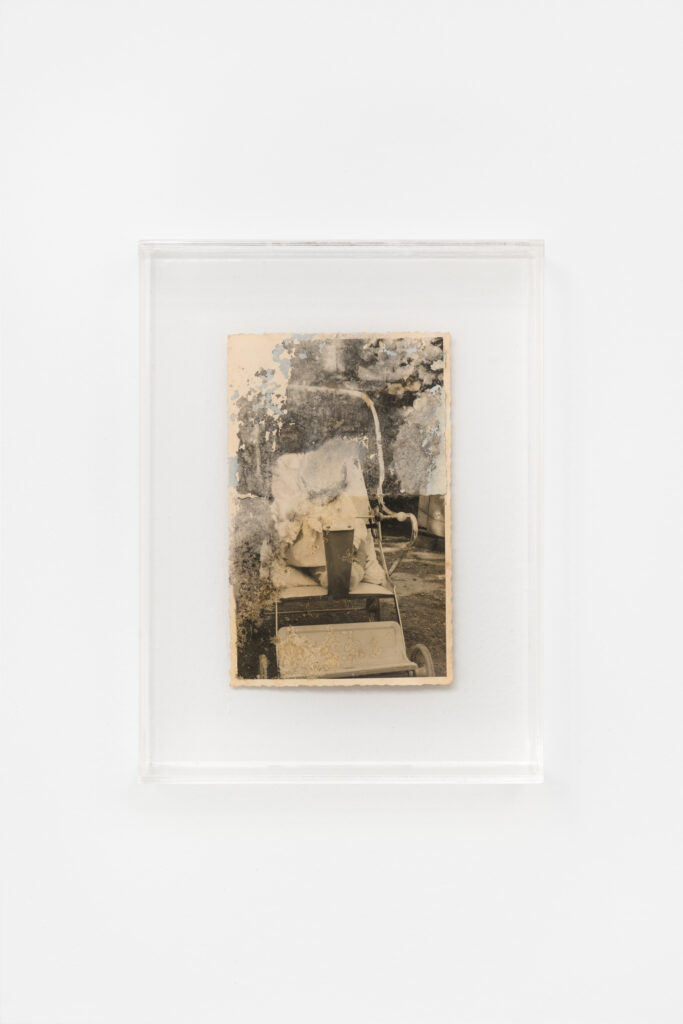
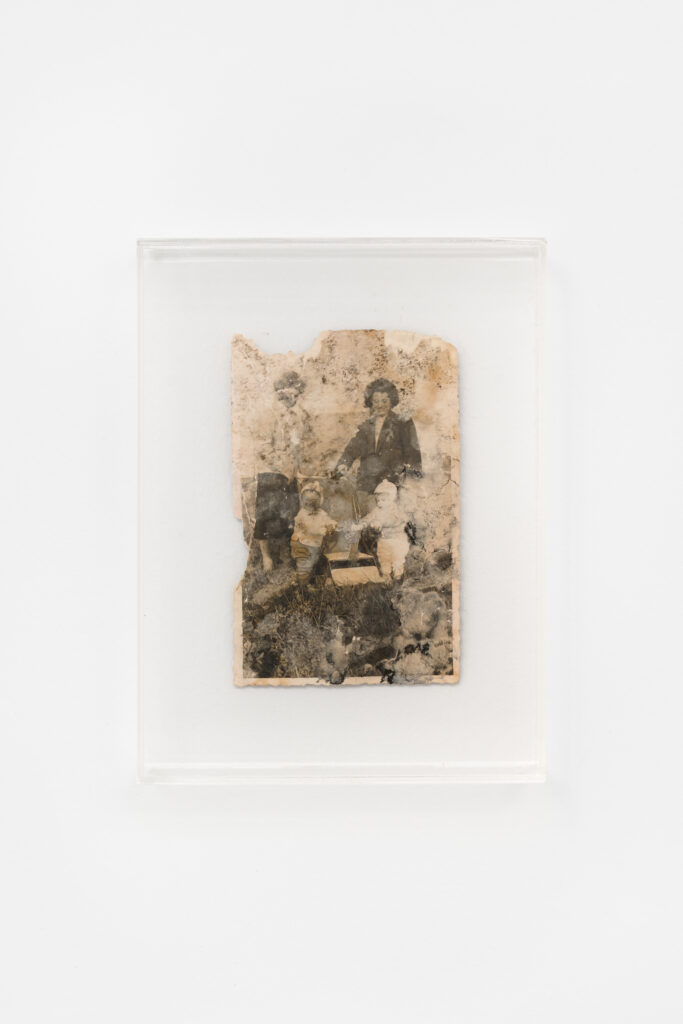
Memory cannot be taken for what it is; it must be reread, reactivated, reinterpreted. This principle guides Gabriel’s practice, which does not establish itself as the holder of a truth, but only as a driver on the path that is reminiscence. The peoples described in the Istituto Luce documentaries as ‘bizarre’, with their dances, dress and rituals3, hence the name of the exhibition, are the starting point for a reversal of the colonial gaze. By overturning, viewing and overturning the fake colonial arbitrariness, representations can one day be rewritten.
Jermay Michael Gabriel, Cose Bizzarre
Curated by Elisa Giuliano
7/11/2024 – 31/01/2025
Artnoble Gallery, Via Ponte di Legno 9 (MI)
Jermay Michael Gabriel is an Italian-Ethiopian-Eritrean trans-disciplinary artist. His work is based on an experimental, and often extreme, effort to resist the permanence and elusiveness of the Italian colonial archive through the subversion of its symbols of power. Gabriel’s artistic practice embraces both sound and contemporary art. He starts from the
assumption that spaces at the intersection of multiple forms of marginalisation, visibility or
representation do not produce liberation. Colonial trauma does not have a linear trajectory,
nor does memory. It sinks into the fibres without a temporal pattern and crosses generations, going back and forth between past, present and future. Gabriel’s process chronicles the
multifaceted dimensions of these journeys, exorcising trauma through sound, installation and performance, embracing cultural legacies and collective memories as a form of healing. Jermay Michael Gabriel is also a member of the music duo Plethor X together with sound designer Giovanni Isgrò. He is also the founder and director of BHMM (Black History
Month Milan) and the founder of Kirykou (Milan). Among his latest exhibitions The Recovery plan: alle porte coi sassi, Toronto, 2024; Meskel, Toronto, 2024; Biennale Malta, 2024; Members Don’t Get Weary, Lagos Biennal, 2024; Stratificazioni, Artnoble, Milano, 2023; Museo delle Opacità, Museo delle Civiltà, Roma, 2023.
- Fiorella, Francesca Maria (2024), Il gioco della percezione nella rappresentazione dell’alterità. Il colonialismo italiano e le pratiche artistiche postcoloniali: due casi a confronto, «Scritture Migranti», a cura di Silvia Baroni e Guido Mattia Gallerani, n. 17/2023 ↩︎
- Nero, A phantasmagoric Journey. Through “Cose Bizzarre”: a conversation with Jermay Michael Gabriel ↩︎
- Elisa Giuliano, Critic Text ↩︎

